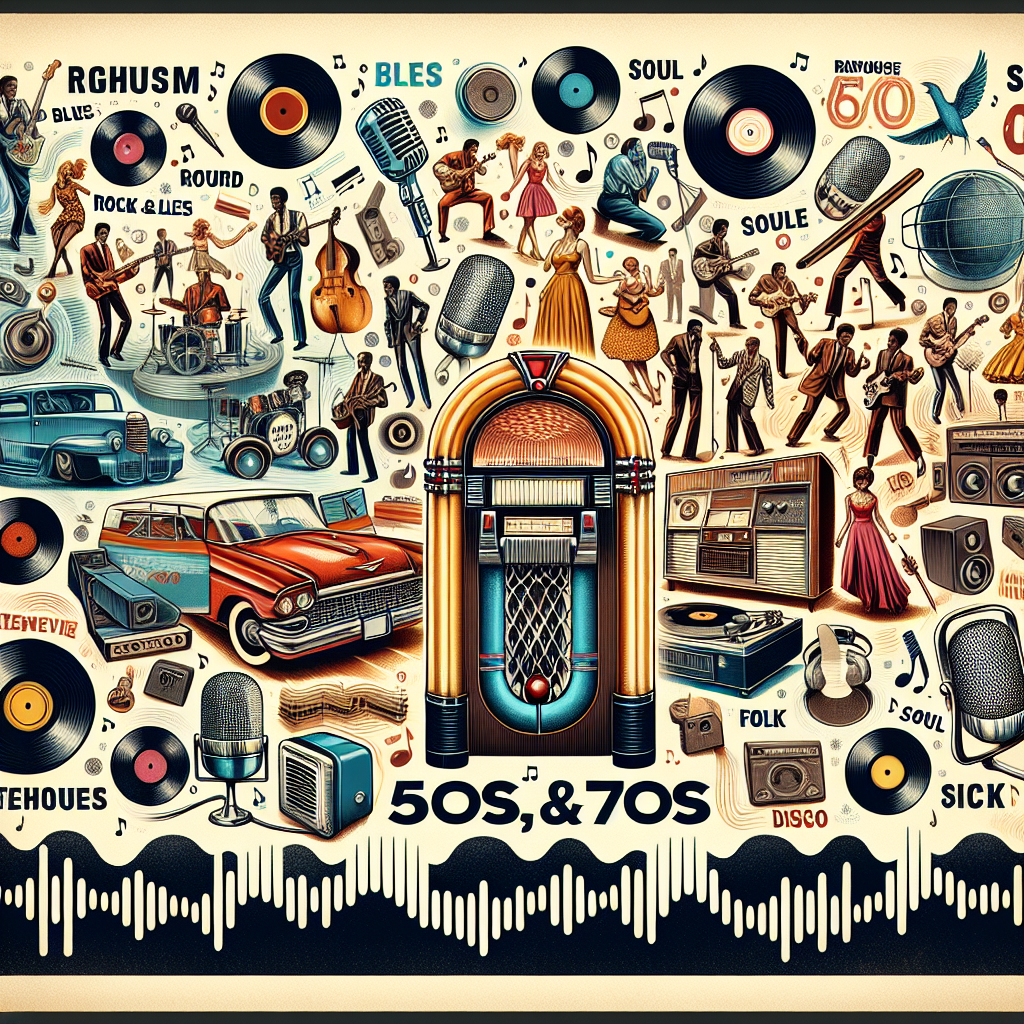The 1950s, 1960s, and 1970s were decades that defined a generation. One of the key elements that shaped the culture of these times was music. From rock and roll to disco, each era had its own unique sound that reflected the social and political climate of the time. Music became more than just entertainment – it became a way for people to express themselves and connect with others who shared their beliefs and values.
In the 1950s, rock and roll emerged as a new genre that captured the rebellious spirit of youth culture. Artists like Elvis Presley and Chuck Berry brought a sense of energy and excitement to the music scene, challenging traditional norms and pushing boundaries. This music helped to break down racial barriers and unite people from different backgrounds in their love for rhythm and blues.
Politicians at the time often criticized rock and roll for its perceived influence on teenage behavior, but this only fueled its popularity among young people who saw it as a form of self-expression. The music of the 50s became a symbol of rebellion against authority and conformity, setting the stage for the cultural revolution that would follow in the 1960s.
The 1960s saw a shift towards folk music and psychedelic rock, with artists like Bob Dylan and The Beatles leading the way. This era was marked by social movements such as civil rights and anti-war protests, and music played a central role in spreading messages of peace, love, and unity. Songs like “Blowin’ in the Wind” by Bob Dylan became anthems for change, inspiring people to stand up for what they believed in.
Fashion also played a significant role in shaping the culture of the 60s, with musicians like Jimi Hendrix influencing trends with their bold style choices. The hippie movement embraced colorful clothing, long hair, and unconventional accessories as symbols of freedom and individuality. Music festivals like Woodstock became showcases for this new counterculture aesthetic, bringing together thousands of like-minded individuals in celebration of peace and harmony.
Technology also played a key role in shaping music during this time period. The invention of electric guitars and amplifiers revolutionized sound production, allowing artists to experiment with new sounds and create innovative compositions. The rise of vinyl records made it easier for fans to access their favorite music at home or on-the-go, further fueling the popularity of bands like Led Zeppelin and Pink Floyd.
By the 1970s, disco had taken over as the dominant genre in popular music. Artists like Donna Summer and Bee Gees brought infectious beats and catchy melodies to dance floors around the world, creating an atmosphere of glamour and escapism. Disco fashion embraced sequins, platform shoes, and bell-bottom pants as symbols of extravagance – reflecting society’s desire for fun-filled nights out on the town.
Despite criticism from some quarters about disco being superficial or frivolous, its impact on culture cannot be denied. It provided an outlet for people to let loose after a hard day’s work or escape from their troubles through dance – creating a sense of community among club-goers who bonded over their shared love for music.
In conclusion, it’s clear that music played a vital role in defining the culture of the 1950s-70s. From rockabilly to disco, each genre reflected societal attitudes towards rebellion, unity, peace or escapism – providing an outlet for people to express themselves creatively while connecting with others who shared similar values or beliefs.


Get involved!
Comments